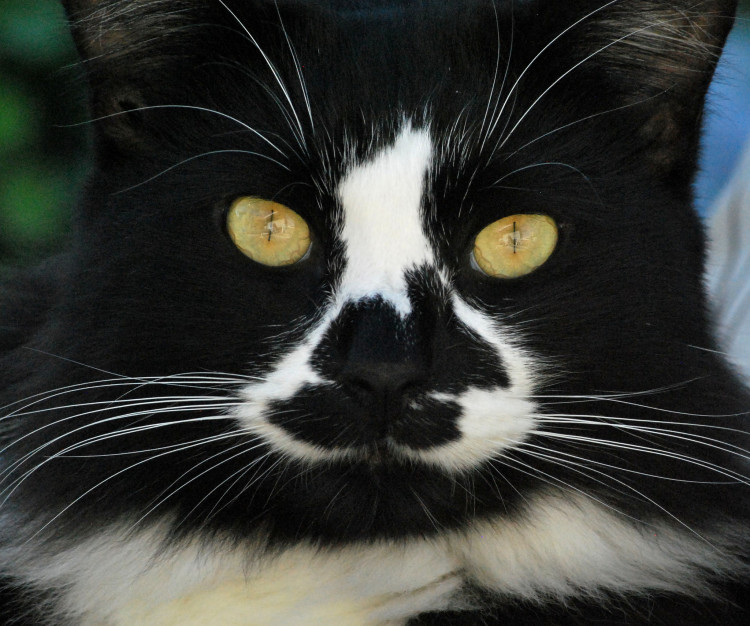How Science explains your Tuxedo Cat’s outfit.
If you have a tuxedo cat, you probably don’t realize how much science goes into making your cat’s outfit. Tuxedo patterns, also know as piebald patterns, are not unique to cats. Horses also carry the trait. Piebald patterns also come in different colors. You can have an orange tabby with piebald patterns, for example. So how do these animals get this unique pattern?
Dr. Ian Jackson, a professor of genetics at the University of Edinburgh in Scotland, recently published a new study that disproves what we previously thought caused piebald patterns. Scientists originally theorized they formed when pigment-producing cells did not spread fast enough to cover the entire animal while it was growing in the womb.
Dr. Jackson’s new theory, published in the Journal of Nature Communications, proves otherwise. His research confirms that your tuxedo cat does not have enough pigment-producing cells to cover their entire body. But a break through demonstrates that pigment cells are moving randomly throughout the whole skin, not slower.
Dr. Jackson tells the Huffington post, “These cells originate from alongside the developing spinal cord and move through the developing skin so that they cover the whole body,” he said. “The piebald patches on animals, including humans, are almost always caused by a failure of these cells to fully populate the whole skin.”
Scientists discovered the cell movement by studying mice that have a mutated gene called Kit. The impact of this study is larger than the animal community. Their conclusions could help researches who are studying genetic diseases associated with deficit cell movement better understand these conditions.
Do you own a tuxedo cat? Show us in the comments below!
Image: Tracie Hall via Flickr






